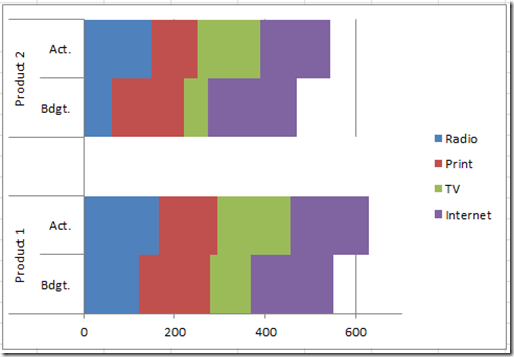

You must be thinking in Feb month even though the temperature is low as compared to the other 3 months jacket sale is very less. The reason behind this is in those four months the temperature is 16, 14, 15, and 12, respectively. Especially in the months Nov, Dec, Jan, and Feb, the sales of Jackets increased at a good rate. It is clear that as the temperature decreases, the sales of jackets increases. Since we have selected the Temperature chart type as a secondary axis, it has created a new vertical axis. of Jackets Sold and other one is Temperature data. If you notice, we have Vertical axis labels here. Step 6: We have our combination chart ready. Step 5: Under Combo, change the Avg Temperature chart type to the Line chart and also make this a secondary axis and then Click on Ok to complete the process. To select the column bar, right-click and select Change Series Chart Type. Now don’t know where the temperature bar is. of Jackets sold and Average Temperature are data plotted as a clustered chart only. Step 3: Now, your chart should like this.

Step 2: Select the data and insert a new column chart.

Step 1: The dataset should look like this. We need to plot a graph, see when are the highest sales happened and find the reasons. In this example, I will show you the sale of leather jackets in the last 12 months with the temperate data.ĭata includes the sales of leather jackets against the average temperature data for the last 12 months. In the previous example, we have seen the combination of sales, COGS, and profit margin. In the year 2013, COGS is more and profit comes down drastically.

Right-click and select Change Series Chart Type. Step 7: Now, your chart should look like this. Step 6: Select the Year list here. Click on OK to complete the process. Step 5: Now click on EDIT on the right-hand side, i.e. Step 4: Firstly, remove Year from the below window. Step 3: Right-click on the chart and select Select Data. Step 2: Now, your chart should look like this.


 0 kommentar(er)
0 kommentar(er)
